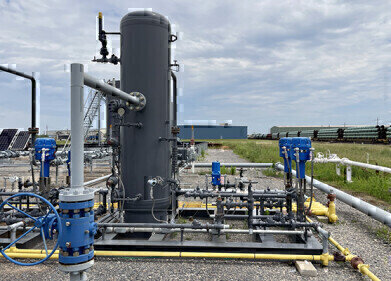Air Clean Up
Introducing India's £10 Billion Pollution Reduction Plan
Mar 25 2019
The Indian government has announced it will set aside 885 billion rupees (£9.47 billion) to tackle the country’s dismal air pollution problems. The proposal was set forth last month and is expected to take place over a five-year period from 2020 to 2025.
The majority of the funds will be funnelled into incentives aimed at power plants to try and encourage them to install equipment capable of making their emissions more environmentally-friendly. Meanwhile, the remainder of the cash will be directed towards rolling out infrastructure that will facilitate the use of electric vehicles (EVs) across the country.
Cleaning up its act?
India has endured a torrid reputation with regard to its air quality situation, supplanting China as the most polluted country on the planet. Indeed, the most recent report from the UN found that all of the top 10 most polluted cities in the world were found in India, with 14 of the top 20 in the country as well. This increased media coverage of the situation has been accompanied by a feeling on the part of both the Indian government and everyday citizens that something must be done.
A 2016 assessment of nitrogen oxides (NOx) over megacity New Delhi put in place an extensive system of pollution sensors, which will allow the authorities to better understand where and how pollution hotspots develop in the capital and take appropriate action to combat them. Meanwhile, the major success of a recent emissions monitoring conference also demonstrates how political awareness has been accompanied by industrial activity.
Reducing emissions
The details of the government’s latest investment proposals were unveiled last month. The largest part of the funds (835 billion rupees, or £8.93 billion) has been earmarked to help reduce sulphur emissions from power plants, which arrives on the back of previous plans to pass on the cost of installing pollution-reducing equipment to the consumer.
It comes after the flagging utilities sector has been campaigning for better governmental incentives for the last two years, given that loans from state-run financial institutions have required structural reassessment. The government has already given power plants an additional six years to comply with emissions standards that were due to come into effect in December 2017.
Going electric
The remaining 50 billion rupees (£530 million) will be used to try and support the country’s ambitious aim of electrifying all new vehicles in the country by 2030. The money will likely be used to build more charging stations in diverse locations around the country and potentially provide first-time buyers with subsidies to encourage uptake of the new technology.
The scheme will focus on 70 cities across the country and will take place over five years, with the hope that the investment will eventually pay for itself. “The cost of electric vehicles will start to pay for itself for consumers,” explained Piyush Goyal, coal and mines minister. “We would love to see the electric vehicle industry run on its own.”
Events
Apr 22 2024 Hannover, Germany
Apr 23 2024 Kuala Lumpur, Malaysia
Apr 24 2024 Sao Paulo, Brasil
May 05 2024 Seville, Spain
May 13 2024 Munich, Germany














